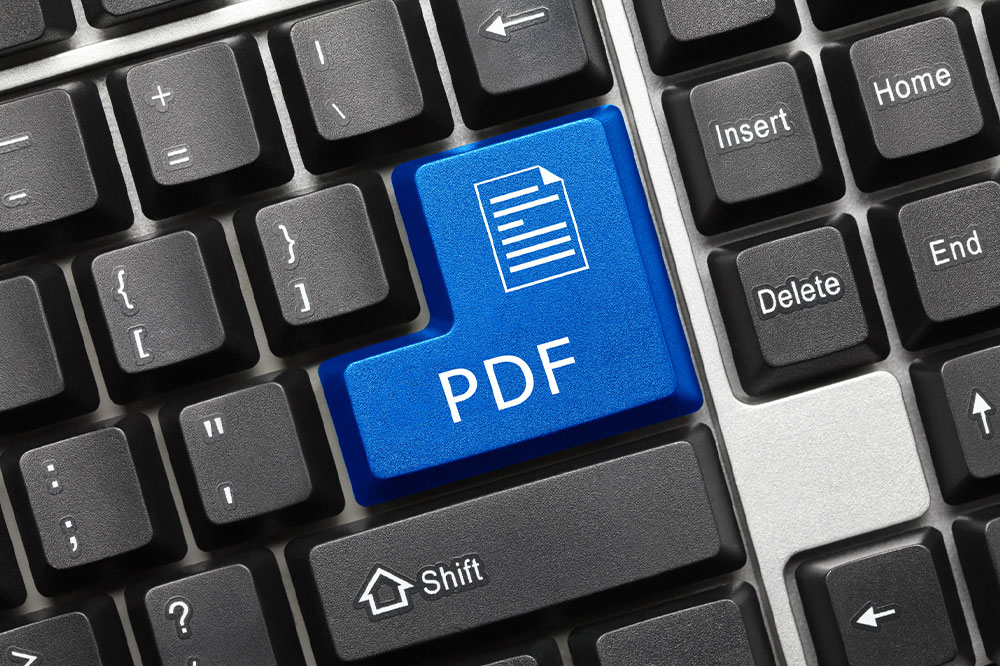Top 10 Strategies for Crafting an Impactful User Guide
Learn essential tips for creating clear and effective user manuals. This guide covers target audience awareness, content planning, visual integration, and proper formatting to enhance user understanding and satisfaction. Perfect for product developers and technical writers, these strategies ensure your manuals are professional, accessible, and impactful, boosting customer confidence and product usability.
Top 10 Strategies for Crafting an Impactful User Guide
An excellent product is only truly effective if users have access to a comprehensive instruction manual, whether digital or printed. Such manuals serve as vital resources, guiding users to understand and troubleshoot products successfully. Crafting a clear, user-friendly, and detailed manual is essential for product success and customer satisfaction. Without proper instructions, customers may encounter difficulties, reducing overall product value.
Understand Your Audience
Defining your target audience is crucial before writing the manual. This step informs the tone, technicality, and content structure of the guide. For instance, a manual for tech-savvy professionals can include technical language, but a manual for general consumers should favor simple explanations.

Establishing the manual’s primary goal is equally important. Whether the aim is to instruct users on operation or repairs, clarity in purpose drives the content and layout decisions. Knowing this helps tailor information effectively.
Outline Essential Content
Once your audience and objectives are clear, prepare a comprehensive list of necessary information. This list ensures all crucial tips, steps, and details are covered, preventing important instructions from being overlooked. Remember, missing a critical step could leave users confused or frustrated.
Leverage Templates for Consistency
Using designing templates simplifies the manual creation process. Templates offer visually consistent layouts and facilitate easy insertion of tables, images, or links. Downloadable templates are available in PDF and Word formats and help create professional-looking manuals efficiently.
Simplify Language
The manual should be easy to read and understand. Avoid complex jargon unless targeting professionals familiar with technical terms. When necessary, explain difficult concepts in simple language without patronizing or oversimplifying the content.
Maintain Clarity and Brevity
The key to an effective manual is clear, direct communication. Use specific language, avoid vague terms, and break down complex instructions into smaller steps or paragraphs. Short sentences and active voice improve readability and impact.
Add Visuals
Enhance understanding by including relevant images, diagrams, and videos. Visual aids clarify instructions and make the manual more engaging. Ensure all visuals are high quality, well-labeled, and relevant to the accompanying text.
Include a Table of Contents
A detailed table of contents improves navigation, especially in lengthy manuals. Listing all sections and subsections allows readers to quickly locate specific information, saving time and enhancing user experience. Use color-coding or searchability for digital versions.
Structure for Ease of Use
Organize the manual with clear headings, subheadings, numbered steps, bulleted lists, and tables. Use legible fonts like Arial or Calibri, typically no smaller than 10-point. Proper formatting guides the reader smoothly through the content.
Proofread Rigorously
Thoroughly review the manual for accuracy, clarity, and grammatical correctness. Typos and errors can cause confusion and damage the manufacturer’s credibility. Consider hiring professional proofreaders to ensure the final version is polished and error-free.









